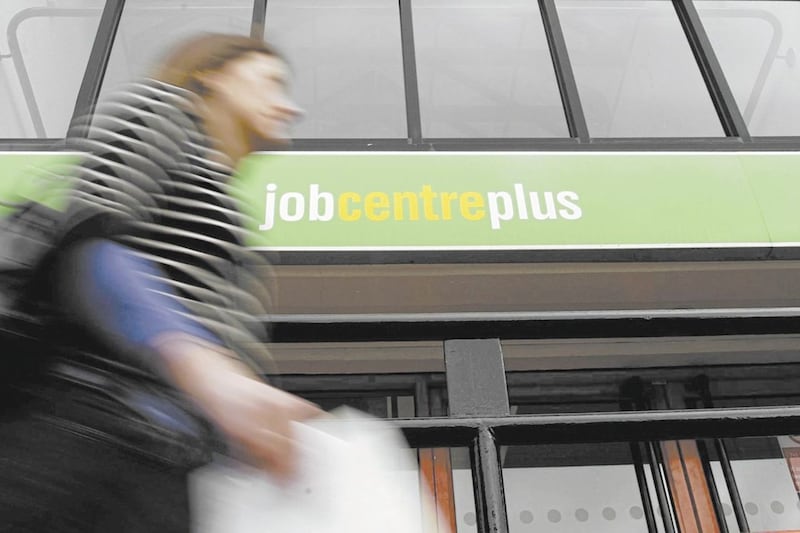THE north's unemployment rate has crept up in the last quarter, while the proportion of those in employment remains the lowest in the UK, official figures show.
The latest Labour Force Survey has revealed an unemployment rate of 3.8 per cent for the second quarter of the year. This has increased by 0.6 per cent from the record low recorded at the beginning of 2018, but remains 1.5 per cent less than the same period a year ago (5.3 per cent).
Despite the modest increase unemployment levels in the north remain among the lowest of all UK regions and below the UK average (4 per cent), which now sits at its lowest level in over 40 years.
The figures, which cover April to June estimate that more than three fifth (63.1 per cent) of those unemployed in the north are long-term (unemployed for a year or more) compared just over a quarter (26.7 per cent) in the UK as a whole. Youth unemployment fell by 3.2 per cent over the year to 9.4 per cent - below the UK average rate (9.8 per cent).
Meanwhile both the employment and the economic inactivity decreased over the quarter and rose over the year, according to the latest data.
The proportion of those in employment remains the lowest of all UK regions at 69.3 per cent - a drop of 0.4 per cent over the quarter, but a marginal increase over the year.
The economic inactivity rate - the proportion of people not working and not seeking or available to work remains a concern at 27.9 per cent, falling slightly (0.1 per cent) over the previous three months, but 1 per cent higher than the same time a year ago. It remains significantly higher than the overall UK figure of 21.2 per cent.
FSB (Federation of Small Businesses) Northern Ireland head of external affairs, Roger Pollen described the latest figures are "somewhat concerning".
“While our rate of unemployment rate is historically low and below the UK average, the level of people in work lies considerably below the overall UK rate. Indeed, when compared over the year, we can see that the actual level of employment has barely increased in 12 months," he said.
“If the challenge of economic inactivity is not addressed, businesses will struggle to find staff to fill the jobs of the future – a situation that may well be exacerbated by Brexit. Government should be seeking to incentivise firms to take on people who are long-term unemployed by providing a one-year National Insurance holiday for firms that hire those furthest from the labour market."
Last month the number of people claiming unemployment benefits fell by 400 to 28,100 in July.
There were 133 confirmed redundancies in July, with the number of confirmed redundancies (2,907) over the past year 30 per cent higher than in the previous 12 months







